Click to view our Accessibility Statement or contact us with accessibility-related questions






PRODUCTS YOU MAY LIKE
Trending Posts in Audiophile

Simthaniel
Rigs
Modded headphones with qudelix at the core
When I received the Qudelix 5K, I had already modified a pair of Superlux HD-681 headphones. I previously soldered my own balanced connections to the drivers, providing multiple ways to connect and...
Apr 14, 2024

brothamike
A decent set of IEMs
I am in the midst of a 300 hour burn-in but, I will say I am enjoying how this set sounds so far. Before I received these which was btw late by a few weeks, I purchased a Sony/Kimber Kable MMCX...
Apr 12, 2024
merrick97
Should I exchange the PC38X for better headphones?
I bought the PC38X headphones FOR GAMING and they are great, but I have NO use for a Microphone since I don't do competitive gaming and I was wondering if there were better headphone options at a similar price without a headphone, where (presumably) more of the cost was put into making it sound better. I also find that my PC38X don't get quite as loud as I would like and I was wondering if a cheap amp like the iFi Go link would draw a little more volume out of my phones. https://www.amazon.com/dp/B0BN6MM822?psc=1&ref=ppx_yo2ov_dt_b_product_details I went with the PC38X since it was considered the best bang for buck headphones. I care most about using spatial apps like DOlby Atmos and DTS Headphone:X. Suggestions are welcome.
Apr 11, 2024

LostnAmerica
Sound Signature of the Grell Project.
Wondering what type of sound signature the Drop Grell project headphones will have or trying to attain. Any update would be appreciated.
Apr 8, 2024

Fabulous
Looking for a gaming/content audio setup
Hello! I'm looking for recommendations on audio setups. I'd be planning on using it mostly for gaming. Preferably I'd like a pair of large closed back headphones since I have a big head and jaw. I'd also like to hear myself through my mic with mic monitoring. As far as budget goes, I don't really have one. But under 600$ would be nice. I can go higher if needed. The audio setup would be connected to a high performance PC. Thank you in advance for any recommendations!
Apr 4, 2024

1plsd
$10 Drop Coupon Email not sent?
Trying to buy some gear off Drop for the first time. I was told I would receive an email with a welcome to drop $10 off promo. I never received that email. Drop was able to send me emails for my login token and email for Password update. But for some reason the $10 off coupon was never sent to me.
Mar 31, 2024

NMPacella
New here
Hello, I just joined, primarily for the audiophile products. Looking at purchasing the NHT C3 speakers for our new living room. Space is about 15 feet wide by 33 long and they will fire long ways. Space is just for general listening, music room with all equipment is downstairs, so hoping they will fill it with sound nicely. Cheers.
Mar 18, 2024
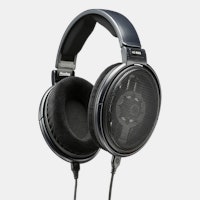
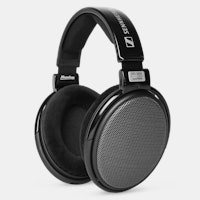

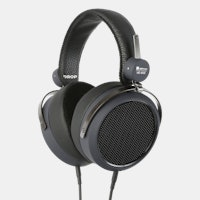
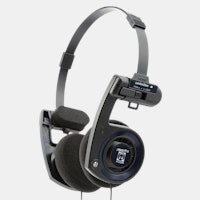
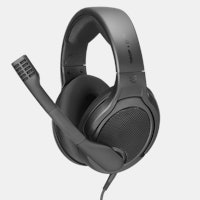
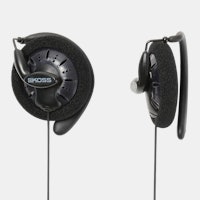
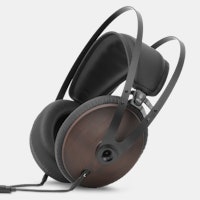
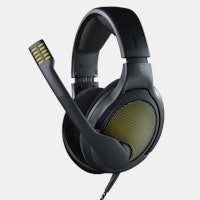
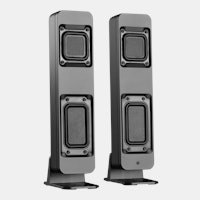
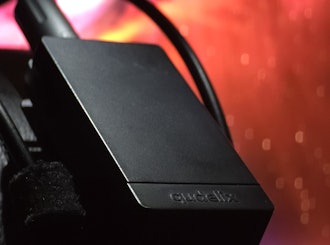
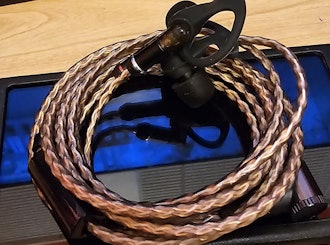
That's what I thought too, for about 6 months. But as I listened more and I learned new things, I realized it's actually a rather poor sounding headphone. It has a high degree of driver coloration, and is muffled and dark sounding. Others have described the sound as "subtle sounds lost", "muddy, indistinct", "seemed like I had noise dampening earplugs in", "very thick sounding". They sound like a set of mediocre box speakers - a sound that many people are familiar with, but lacking clarity and definition. Instead of an end-game, it really is just the beginning.
You must have ludicrously high standards.
Tube amps often have a high output impedance which affects the frequency response and sometimes boosts some frequency ranges -- this sort of coloration should not be considered a "benefit" of vacuum tubes, however. As @Asheikm noted, the HD6XX headphones are less sensitive to this problem than low impedance headphones, and furthermore headphones in general have relatively flat impedance curves so are less affected by amplifier output impedance than loudspeakers are.
I think what is more important is the class of the amp. Even with tubes, a push-pull class AB design will produce significant odd-order components. On the other hand a class A amp's distortion products will go to zero with low signals levels.
Class A amps also let you simplify amplification and power regulation circuit design significantly (at the expense of requiring much larger heat sinks and high temperature components than a similarly-rated AB amp). Likewise one of the real advantages of tubes is that they simplify circuit design because they do not require as many correction factors as transistors. Great sounding class AB transistor amps exist, but they involve relatively complex circuits and highly skilled engineers.
Regarding your comment about transient response, be aware that in frequency response theory there is a direct relationship between transient response (a time domain metric) and high frequency cutoff (a frequency domain metric). If an amp has a high frequency cutoff above the hearing range (say 20 kHz) then it's transient response is automatically going to be "fast" enough. Nearly all tube and solid state amps are flat to 20 kHz so transient response is not a differentiator.
That's the technical standpoint. Now for casual use, if an amp has a high frequency emphasis then this makes it sound "faster" than an amp with a low frequency emphasis, so I think this is what some people are thinking of when they use the term transient response. For example when people speak of the transient response or "speed" of the bass (which makes absolutely no sense from a technical standpoint) what they are referring to is whether there is a frequency response emphasis in the bass. If there is, then naturally-occurring harmonics will be overshadowed and in the absence of high frequency clues the ear will hear a "slow" attack. On the other hand if the frequency response has an early bass cutoff or a mid-high frequency emphasis (like smaller speakers) then you hear the harmonics of bass instruments and the high frequency components of the kick drum beater more clearly and your ear translates this into a "fast" attack.
The point is: just look at the frequency response curve. If you think one system sounds "faster" than another, it is likely that the faster one simply emphasizes high frequencies, possibly due to a high output impedance coupled with well-damped speakers. If you have tone controls or an equalizer, turning down the treble will "slow it down"!
I don't know how the HD6XX fares in sample to sample variation, but before writing it off (or declaring it perfect) make sure you get a listen to 3 or more samples.
Not trying to be a flat-earther... I use a Class A headphone amp and appreciate its benefits. I'm just trying to clarify usage and shed some light on some misconceptions that are spread by unscrupulous marketing departments and ivory tower audiophiles.
Multi-way loudspeaker systems are much messier. Each driver has resonances at its own frequency extremes (say around 60 Hz and 1 kHz for the woofer and 1 kHz and 10 kHz for the tweeter) as well as more complex resonances in its plastic, paper, and/or metal cone materials, acoustic resonances in the enclosure, resonances in the enclosure walls. The resulting system can often still be termed linear, so the time domain and frequency domain responses can be derived from each other. All the tiny time-domain resonances appear as irregularities in the frequency response well within the audio band. Extremely careful engineering is required to produce a reasonably smooth frequency response, and this in turn will indicate well-controlled resonances and good time-domain response.
Getting back to (open back) headphones, the low power levels and absence of an enclosure simplify the design tremendously. That's why we can have this Sennheiser series paired with a sub-$500 amp sounding as good as $10,000 loudspeakers paired with a $20,000 amp.